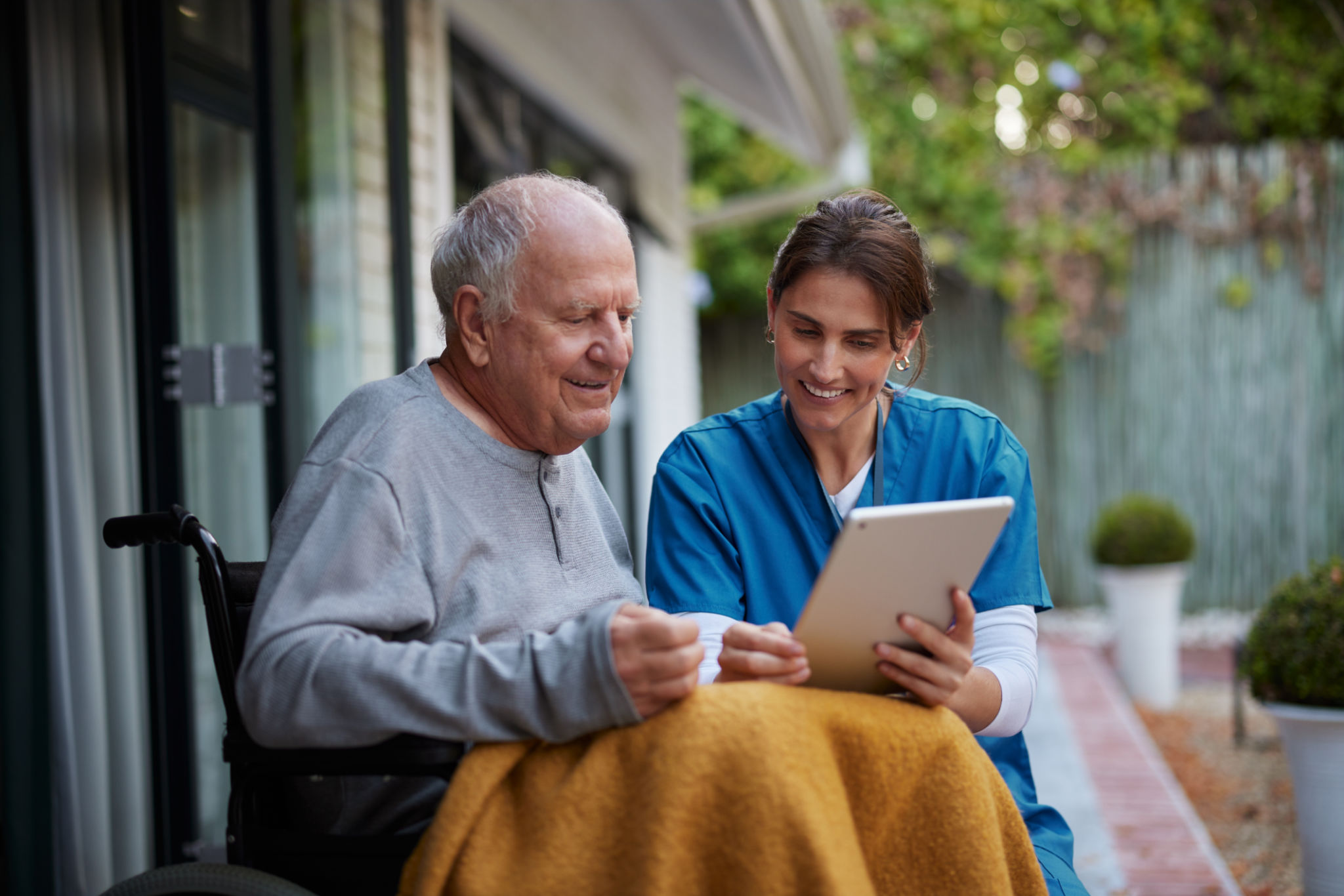How to Prepare Your Home for a Visiting Caregiver: Tips for Families
Understanding the Role of a Caregiver
Preparing your home for a visiting caregiver can enhance the caregiving experience for both your loved one and the caregiver. Understanding the role of a caregiver is crucial. They are there to provide various forms of assistance, from medical care to companionship, and ensuring they have what they need will make their job easier and more effective.
Before the caregiver arrives, have a discussion about the specific duties they will perform. This typically includes activities such as administering medication, helping with mobility, or providing meals. By knowing what to expect, you can better prepare your home environment for their arrival.

Organizing the Home Environment
A well-organized home can significantly impact the quality of care provided. Start by decluttering living spaces to ensure easy movement and accessibility. Remove any unnecessary furniture or obstacles that may pose a risk of tripping or falling. This is especially important if mobility assistance is part of the caregiver's responsibilities.
Next, ensure that essential items are easily accessible. Create dedicated spaces for medical supplies, personal care products, and any other necessary items. This organization helps caregivers quickly find what they need, streamlining their ability to provide care efficiently.
Setting Up a Comfortable Space
Designate a comfortable area where your loved one can spend time during the day. This space should include comfortable seating, good lighting, and easy access to entertainment options like books or a television. A well-thought-out environment can positively influence mood and well-being.

Ensuring Safety
Safety is a primary concern when preparing your home for a caregiver visit. Conduct a thorough safety assessment of your home. Check for loose rugs, exposed wires, and any other potential hazards. Consider installing grab bars in bathrooms and railings on stairways if they are not already present.
Ensure that emergency contact information is clearly visible and accessible. This includes phone numbers for family members, healthcare providers, and emergency services. Having these details readily available can be crucial in urgent situations.
Facilitating Communication
Effective communication is key to a successful caregiving arrangement. Set up a system for regular updates between the caregiver and family members. This could be through daily check-ins or a shared online platform where important information about the care schedule or any concerns can be logged.

Personalizing Care
Every individual's care needs are unique, so it's important to personalize the environment accordingly. Discuss your loved one's preferences with the caregiver, including diet, daily routines, and any specific requirements they may have. This personalization helps in making the care experience more comfortable and effective.
Additionally, consider creating a small welcome package for the caregiver. This might include items like a list of household rules, preferred brands of cleaning supplies, or even a small token of appreciation to make them feel valued and welcomed.
Preparing Your Loved One
Lastly, ensure your loved one is mentally prepared for the transition. Discuss what they can expect from the caregiver's visits and address any concerns they might have. Encouraging open communication will help ease any anxiety and foster a more positive relationship between your loved one and their caregiver.
In conclusion, taking these steps to prepare your home not only aids in providing quality care but also creates a supportive environment for everyone involved. By organizing the space, ensuring safety, facilitating communication, and personalizing care, you can make the caregiver's task more manageable and enhance your loved one's comfort and well-being.
